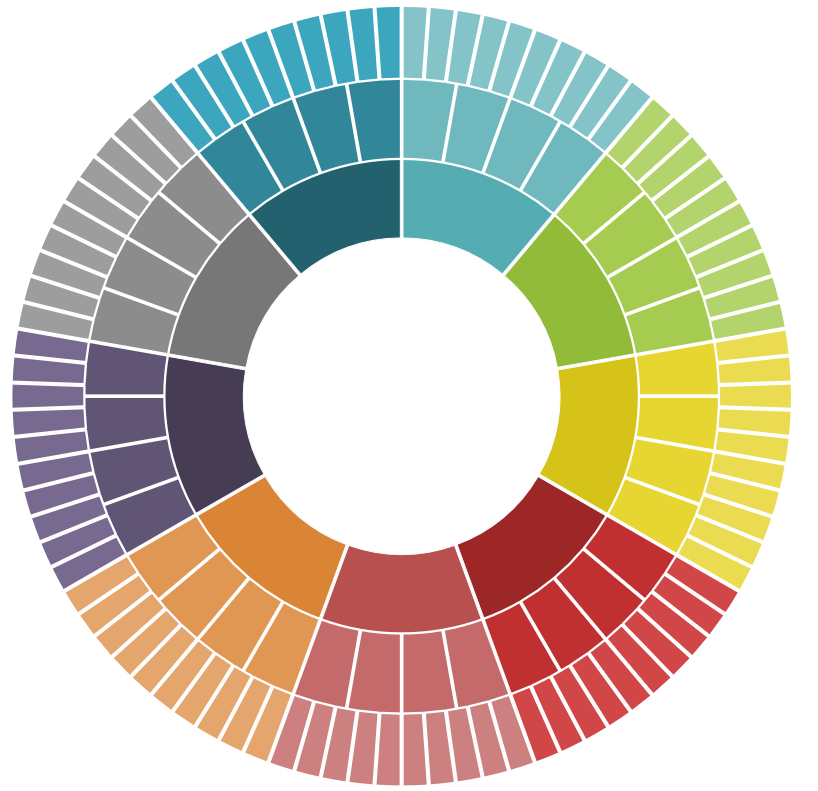Volltextsuche nutzen
- versandkostenfrei ab € 30,–
- 6x in Wien und Salzburg
- 6 Mio. Bücher
- facultas
- Detailansicht

Ceramic Technology, Production and Use in an Urban Settlement on the Middle Nile
The Pottery Assemblage from Late Meroitic Hamadab, Sudan (2nd to 4th century A.D.)

Hardcover
131,60€
inkl. gesetzl. MwSt.
Besorgungstitel
Lieferzeit 1-2 WochenVersandkostenfreibestellen in Österreich
Lieferzeit 1-2 WochenVersandkostenfreibestellen in Österreich
Deutschland: € 10,00
EU & Schweiz: € 20,00
EU & Schweiz: € 20,00
In den Warenkorb
Click & Collect
Artikel online bestellen und in der Filiale abholen.
Derzeit in keiner facultas Filiale lagernd. Jetzt online bestellen!Artikel online bestellen und in der Filiale abholen.
Artikel in den Warenkorb legen, zur Kassa gehen und Wunschfiliale auswählen. Lieferung abholen und bequem vor Ort bezahlen.
Auf die Merkliste
Veröffentlicht 2022, von Ulrike Nowotnick bei Reichert, L
ISBN: 978-3-7520-0629-2
Reihe: Archäologische Forschungen in Afrika
426 Seiten
29.7 cm x 21 cm
Excavations in the ancient town of Hamadab (Sudan) have revealed a large urban settlement of the 3rd century B.C. to 4th century A.D. – a once thriving neighbour to Meroe, the capital of Kush. As one of the few well-researched habitation sites in the region, Hamadab has revealed new insights on the way of life in a past African community about 2000 years ago. Archaeological investigations in ...
Beschreibung
Excavations in the ancient town of Hamadab (Sudan) have revealed a large urban settlement of the 3rd century B.C. to 4th century A.D. – a once thriving neighbour to Meroe, the capital of Kush. As one of the few well-researched habitation sites in the region, Hamadab has revealed new insights on the way of life in a past African community about 2000 years ago. Archaeological investigations in the town, and particularly of pottery kilns and domestic houses, yielded large quantities of ceramics which provide important categories of data suitable for exploring the role of pottery in craft production and everyday life. They form the basis for an empirical analysis of production technologies and ceramic use; research topics that remain little studied in the archaeology of the Middle Nile region. By evaluating a large ceramic corpus from Hamadab, this book defines, for the first time, a Late Meroitic domestic assemblage. Kiln remains and household ceramics were analysed towards the economic and domestic activities in a Kushite settlement, using the broad potentials of ceramic analysis, such as archaeometric fabric analyses, contextual approaches, use wear traces and ethnoarchaeological observations. The evaluation of scientifically defined fabric groups also incorporates ceramics from the excavations at the Royal Baths in Meroe, which allows for a wider spectrum in studying the changes in Kushite ceramic technology, raw material selection and clay preparation. This book thus provides an important methodological and thematic reference for a Meroitic living assemblage and the analytical basis for understanding wider socio-cultural phenomena in the region.
Excavations in the ancient town of Hamadab (Sudan) have revealed a large urban settlement of the 3rd century B.C. to 4th century A.D. – a once thriving neighbour to Meroe, the capital of Kush. As one of the few well-researched habitation sites in the region, Hamadab has revealed new insights on the way of life in a past African community about 2000 years ago. Archaeological investigations in the town, and particularly of pottery kilns and domestic houses, yielded large quantities of ceramics which provide important categories of data suitable for exploring the role of pottery in craft production and everyday life. They form the basis for an empirical analysis of production technologies and ceramic use; research topics that remain little studied in the archaeology of the Middle Nile region. By evaluating a large ceramic corpus from Hamadab, this book defines, for the first time, a Late Meroitic domestic assemblage. Kiln remains and household ceramics were analysed towards the economic and domestic activities in a Kushite settlement, using the broad potentials of ceramic analysis, such as archaeometric fabric analyses, contextual approaches, use wear traces and ethnoarchaeological observations. The evaluation of scientifically defined fabric groups also incorporates ceramics from the excavations at the Royal Baths in Meroe, which allows for a wider spectrum in studying the changes in Kushite ceramic technology, raw material selection and clay preparation. This book thus provides an important methodological and thematic reference for a Meroitic living assemblage and the analytical basis for understanding wider socio-cultural phenomena in the region.
